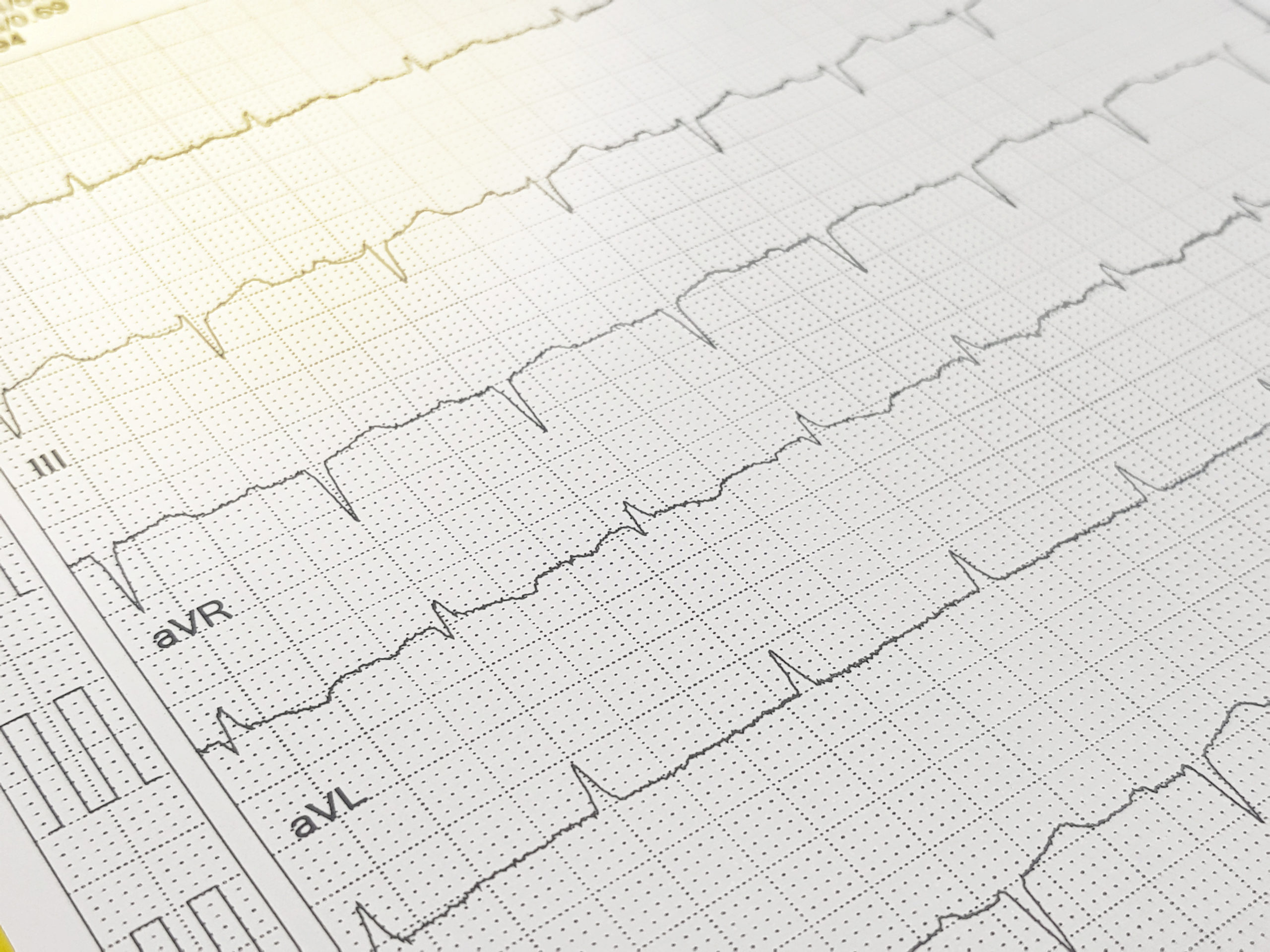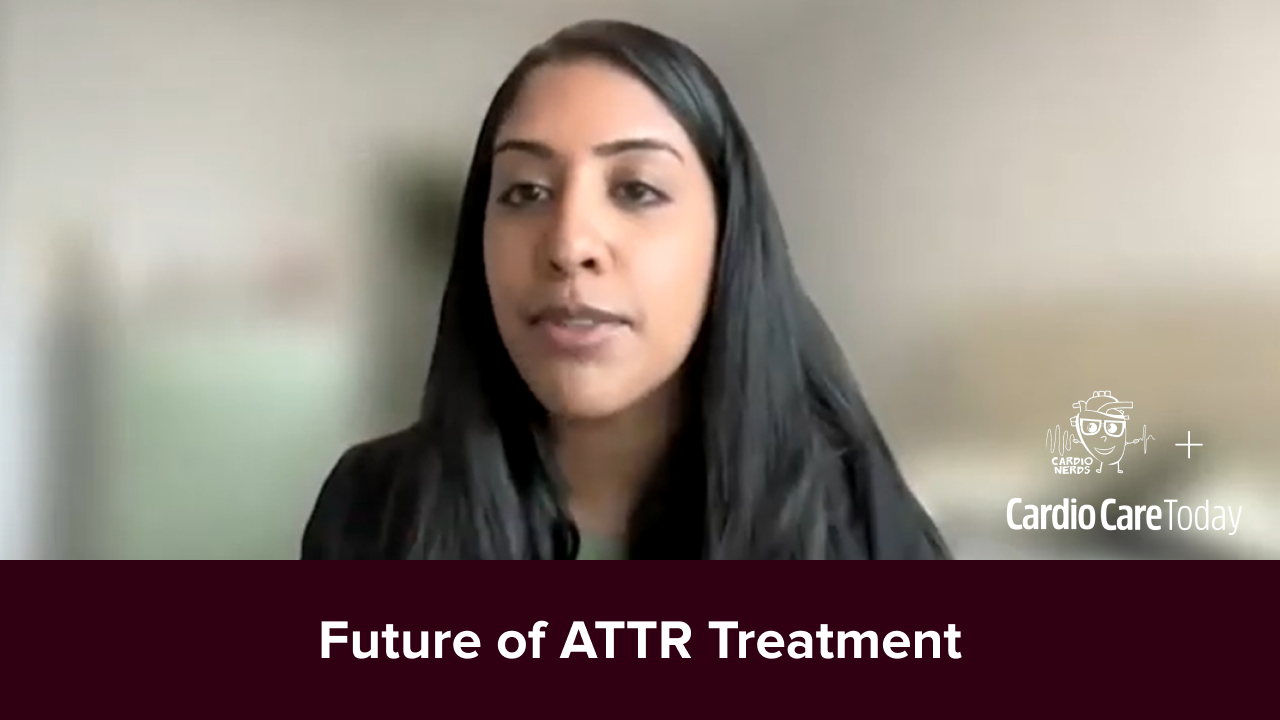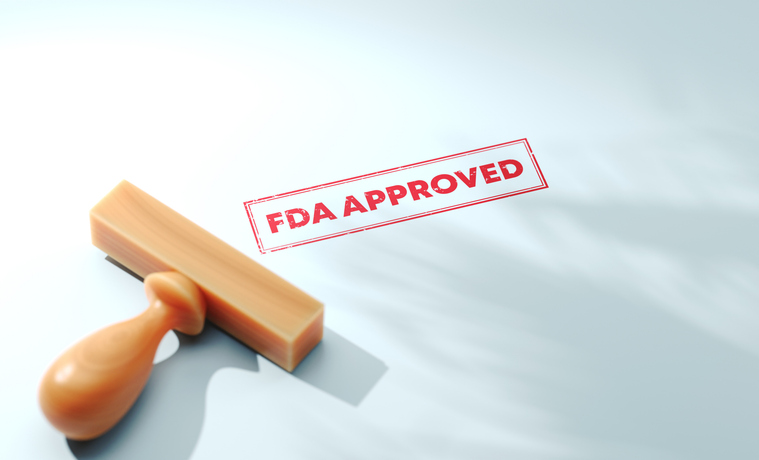
According to a recent study, led by Gang Yang, implementing additional low-voltage area (LVA) ablation alongside circumferential pulmonary vein isolation (CPVI) for persistent atrial fibrillation did not increase patients’ success rate when compared to CPVI alone. The findings were published in JACC: Clinical Electrophysiology.
The STABLE-SR-II trial enrolled a total of 300 patients with persistent atrial fibrillation who underwent either CPVI plus LVA modification or CPVI alone. In the LVA group, high-density voltage mapping of the left atrium was performed during sinus rhythm and additional ablation was targeted at LVAs and complex electrograms, if any were detected. The primary outcome was absence of atrial arrhythmias lasting ≥30 seconds without antiarrhythmic drugs after a single ablation operation and a 3-month blanking period.
Extra Ablation in Persistent Atrial Fibrillation Outcomes
Reportedly, the rate of atrial-arrhythmia-free survival was not significantly different between the additional LVA group and the CPVI alone group (67.2% vs. 67.4$; hazard ratio [HR], 0.89; 95% confidence interval [CI], 0.55-1.36; P=.52). The researchers noted that only 50.2% of the patients had abnormal left atrium substrate with a medium LVA burden of 4.6% (95% CI, 2.1%-9.5%)—however, the success rate differed dramatically in patients with normal LA substrate compared to those with abnormal LA substrate (84.8% vs. 60.9%; P<.001).
Overall, the study’s authors summarized that “additional LVA ablation did not improve successful rates of CPVI in this persistent atrial fibrillation cohort,” and also suggested that voltage mapping “could identify patients . . . with normal LA substrate who can achieve excellent rhythm control with CPVI alone.”
Related: Catheter Ablation for Atrial Fibrillation in Patients With Heart Failure







 © 2025 Mashup Media, LLC, a Formedics Property. All Rights Reserved.
© 2025 Mashup Media, LLC, a Formedics Property. All Rights Reserved.